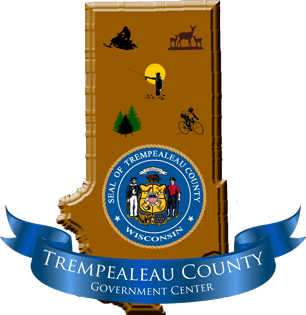Since the inception of his presidency, President Biden has been committed to reforming the Federal student loan program, ensuring that higher education serves as a pathway to the middle class rather than a hindrance to opportunity. To date, the Biden-Harris Administration has undertaken unprecedented measures to approve debt cancellation for 4 million borrowers. This initiative aims to alleviate financial strain, granting borrowers the freedom to pursue economic mobility, homeownership, entrepreneurial endeavors, and the fulfillment of their aspirations.
Today, President Biden unveils the Administration’s latest proposals, which, if enacted, would extend debt relief to over 30 million borrowers, building upon the initiatives implemented over the past four years. These plans not only promise increased financial security for numerous working and middle-class families but also seek to redress the disproportionate burden of debt faced by communities of color, thereby advancing racial equity.
These measures are anticipated to provide substantial relief to Black and Latino borrowers, as well as those who attended community college and individuals who are financially vulnerable due to incomplete degree programs. Statistics reveal that Black students are not only more inclined to take out student loans compared to their white counterparts but also carry nearly twice the debt four years post-graduation. Additionally, Latino borrowers exhibit higher default rates on their student loans compared to white borrowers.
The proposals put forth by President Biden today, if realized, would offer relief to various groups:
- Borrowers experiencing an increase in their loan balances since repayment commencement, primarily due to accrued interest. Black and Latino borrowers are disproportionately affected by this phenomenon, with Black bachelor’s degree holders owing more than they initially borrowed, on average, four years after graduation.
- Eligible borrowers who have yet to apply for loan forgiveness programs due to administrative hurdles. Many borrowers stand to benefit from automatic debt relief under programs like the Saving on a Valuable Education (SAVE) Plan or Public Service Loan Forgiveness, for which they qualify but have not yet successfully applied.
- Borrowers who commenced repayment several decades ago. The new plan would provide debt cancellation for all borrowers with solely undergraduate debt who entered repayment 20 or more years ago, and for those with any graduate debt who began repayment 25 or more years ago.
- Individuals who attended programs or institutions failing to meet accountability standards or deliver adequate financial value. Eligible borrowers include those enrolled in programs where institutions closed prior to final determinations.
- Borrowers facing financial hardship hindering their loan repayment. Millions of borrowers, especially Black and Latino individuals, could qualify for relief if their daily struggles impede their ability to meet loan obligations, thereby affecting their capacity to build wealth, pursue entrepreneurial ventures, and attain homeownership.

